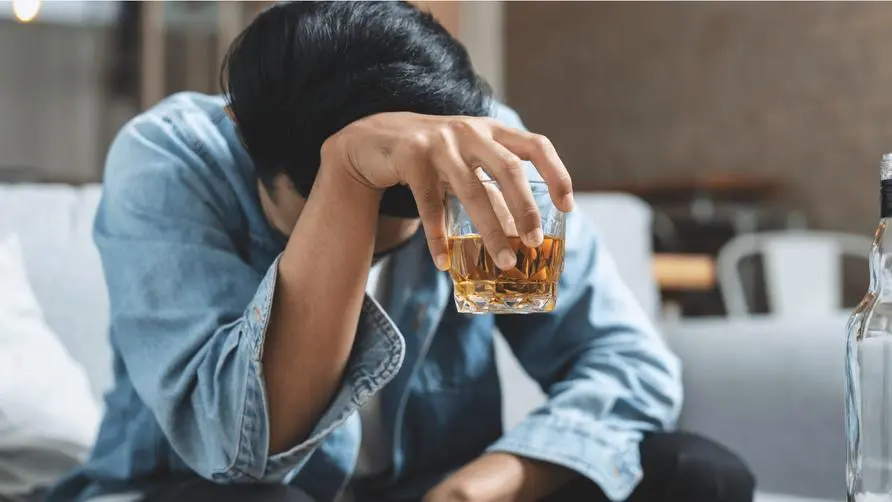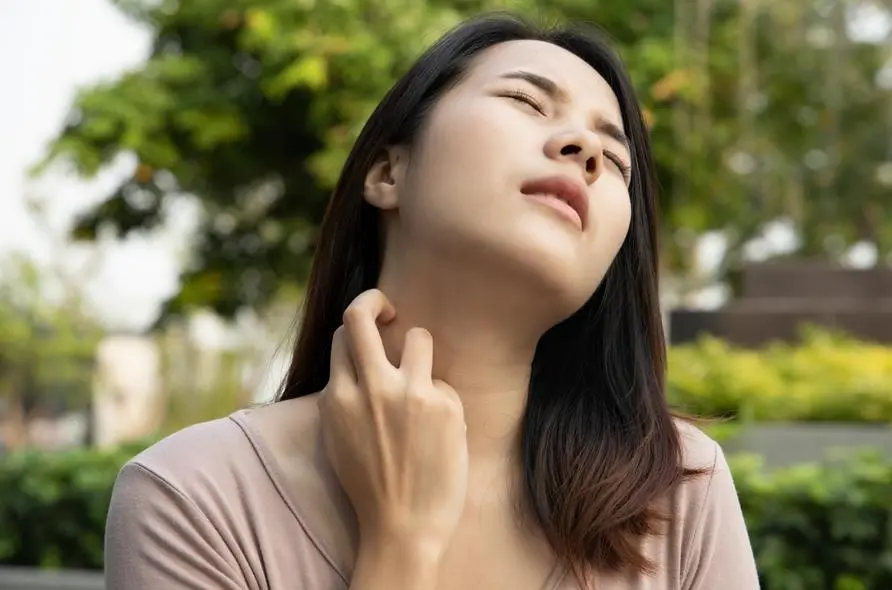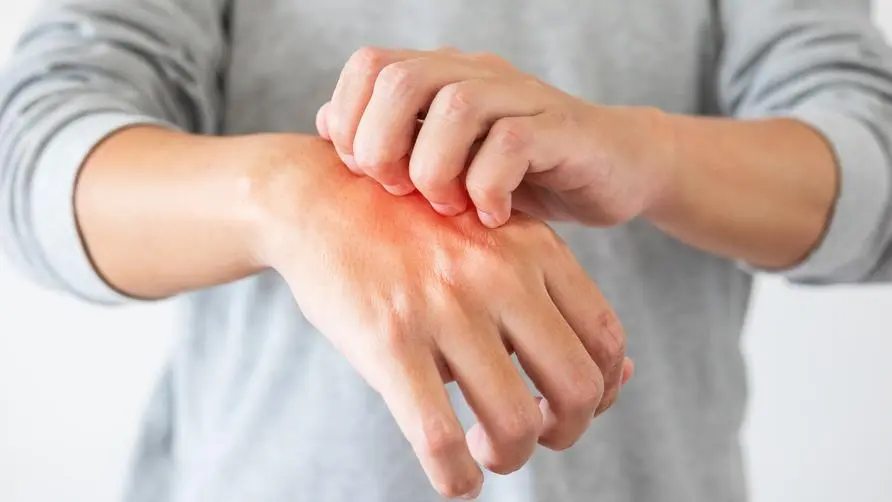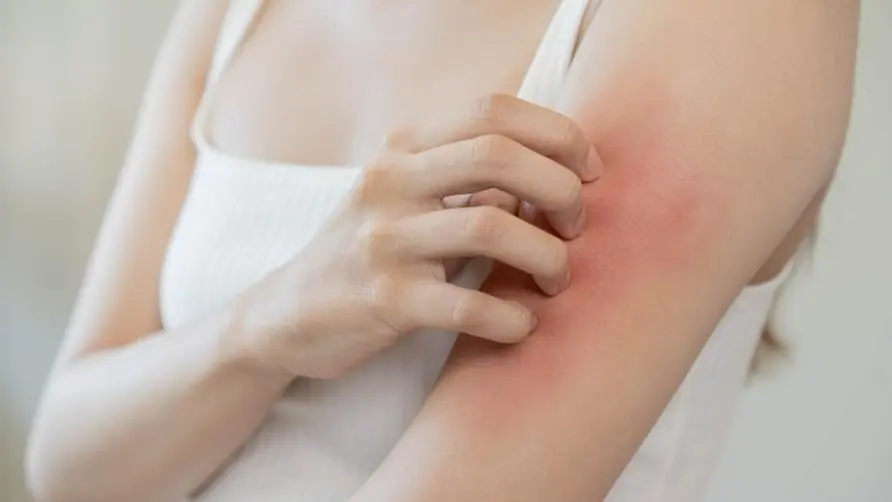No harm to the liver and kidneys and no side effects? A major breakthrough in the treatment of atopic dermatitis in children! Biological agents are first-line options
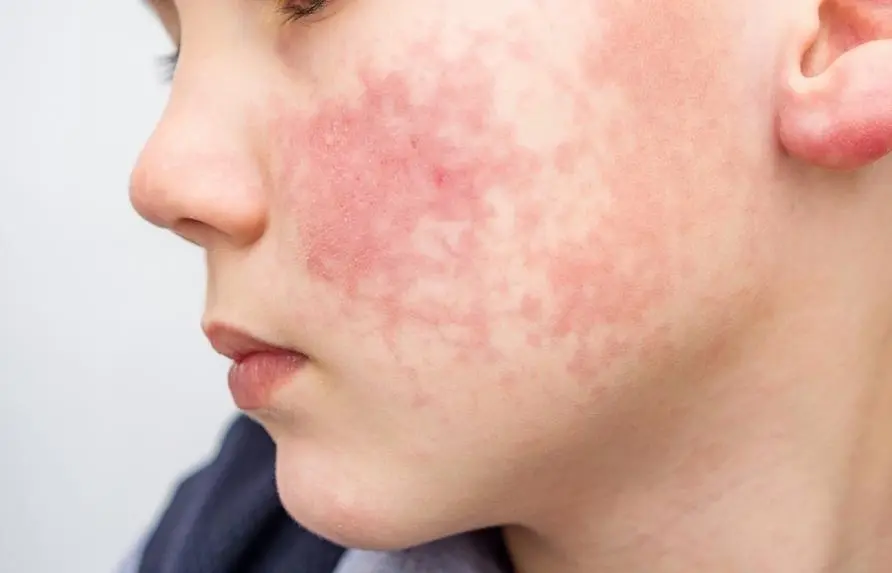
Suffering from atopic dermatitis since childhood, he vomited when he went to kindergarten: Being a human is so hard
Atopic dermatitis is the most difficult allergic disease to treat in the eyes of pediatricians, and most patients develop it in infancy. Yao Zongjie, secretary-general of the Taiwan Children’s Allergy, Asthma, Immunology and Rheumatology Association, said that the age of onset of atopic dermatitis in children is getting earlier and earlier. Some children can already be described as “skinless” when they come to the doctor at 4 or 5 months old.
For example, Dr. Yao Zongjie once treated a little brother Zhang in the outpatient clinic, who developed “three allergies” one after another - atopic dermatitis, allergic rhinitis, and asthma. Because the skin is itchy and the lesions affect the appearance, he has faced tremendous psychological pressure since he was a child. He even told his parents in kindergarten that “it’s hard to be a human being”, which made parents and doctors sad.
Atopic dermatitis may cause “no skin left on the body”. Children and adolescents have different prone areas.
Dr. Yao Zongjie explained that the symptoms of atopic dermatitis in the acute phase are mainly red rash, and in severe cases, “soaking” exudate may appear. After entering the chronic stage, lichenification will begin, and the typical condition of left and right symmetry will occur. Symptoms also vary according to age. In one-year-old infants and young children, symptoms usually occur first on the face and forehead, and then slowly spread to the neck, trunk, and sides of the limbs. May occur in areas other than diapers.
If it is atopic dermatitis in older children or teenagers, the symptoms are mainly in the neck, limbs and trunk, and are most common in the concavity of the elbows, the back of the knees and other parts. Dr. Yao Zongjie pointed out that one of the criteria for diagnosing atopic dermatitis is “chronic”, which refers to more than 2 months of age in infants and children, and only more than half a year for those over one year old. This means that the patient may have suffered for more than half a year before diagnosis. torture.
How is atopic dermatitis treated in children? Not recommended for children under 12 years old
“In the past, there were only three treatments, basic treatment, local treatment, and systemic treatment. About half of the children could improve.” Dr. Yao Zongjie said that as long as mild child patients do basic treatment and moisturizing, their symptoms can gradually subside. ease. In the past, topical treatments were mostly based on steroid ointments. There was concern that long-term application would cause skin atrophy.
However, 1/3 to half of pediatric patients still have to progress to systemic treatment. In the past, light therapy, oral steroids, and oral immunosuppressants were the main treatments. Dr. Yao Zongjie pointed out that phototherapy has good effects on adult patients, but children are in the developmental stage, and phototherapy may cause darkening, sunburn, aging, increase the risk of skin cancer, etc., and it takes more than a year to have obvious effects. Phototherapy is currently not recommended for children under 12 years old.
Dr. Yao Zongjie said that oral steroids have good therapeutic effects, but long-term use can cause side effects such as moon face, buffalo shoulders, affecting immunity, increasing the risk of infection, gastrointestinal bleeding, thrombosis, diabetes, and hypertension. Therefore, it can only be used at low doses for short periods of time and is not recommended for more than a week, or it may be changed to oral immunosuppressants.
However, oral immunosuppressants are “non-selective” suppressors of the immune system. Dr. Yao Zongjie pointed out that both good and bad immunity in the body will be affected by the drugs. They can also inhibit the hematopoietic function of the bone marrow, causing low white blood cells, anemia, low platelets, Risks such as diabetes, hypertension, and hirsutism.
Dr. Yao Zongjie also said that if children with atopic dermatitis take immunosuppressants, their liver and kidney function and blood tests must be regularly tested, making it relatively difficult for patients to cooperate with treatment.
Two major therapeutic advances in the past decade: Biological agents are most useful in blocking inflammation.
“In the past ten years, there have been two major developments in the treatment of atopic dermatitis in children. The first is local treatment, including non-steroidal local immunosuppressive ointments. The second is systemic treatment, with immune-targeting drugs available, that is, targeting atopic dermatitis. Biological agents for atopic dermatitis.
Dr. Yao Zongjie explained that biological agents are a kind of “precision medicine” that target the transmission factors related to the inflammation of atopic dermatitis, such as interleukin 4 and interleukin 13, block the reaction pathways that cause inflammation, further regulate the immune response, and achieve control. The effect of the disease is to quickly improve the patient’s itching symptoms.
“Based on the current research data, 80% of child patients can improve their symptoms by taking biological agents, and there is no drug resistance, nor does it affect liver and kidney function. For children with moderate to severe atopic dermatitis, the risk-benefit ratio is very good. High.”
Dr. Yao Zongjie also emphasized that the “2021 Clinical Diagnosis and Treatment Guidelines for Atopic Dermatitis in Taiwan Children” has included biological agents in the guidelines as one of the systemic treatments for moderate to severe atopic dermatitis in patients over 6 years old.
Risks and benefits are the first priority in the treatment of children with psoriasis. Do not listen to folk remedies as they may worsen the condition.
Dr. Yao Zongjie said that children’s atopic dermatitis adopts “step-by-step treatment” according to the severity of the condition. Whether it is mild, moderate, severe or extremely severe, basic moisturizing and allergen irritants should be avoided. Mild to moderate patients are treated locally. For children with moderate to severe disease or above, targeted therapy with biological agents will be the first-line option after considering the risks and benefits.
Dr. Yao Zongjie reminded that the outside world often thinks that atopic dermatitis is just a skin problem, but in fact it has a huge impact on the psychological stress, sleep quality, and concentration of child patients. We urge parents who have any concerns to seek medical advice from children’s allergy, asthma and rheumatology departments as soon as possible to seek correct medical assistance and avoid misuse of folk remedies, which may delay treatment or even aggravate the condition of atopic dermatitis.
